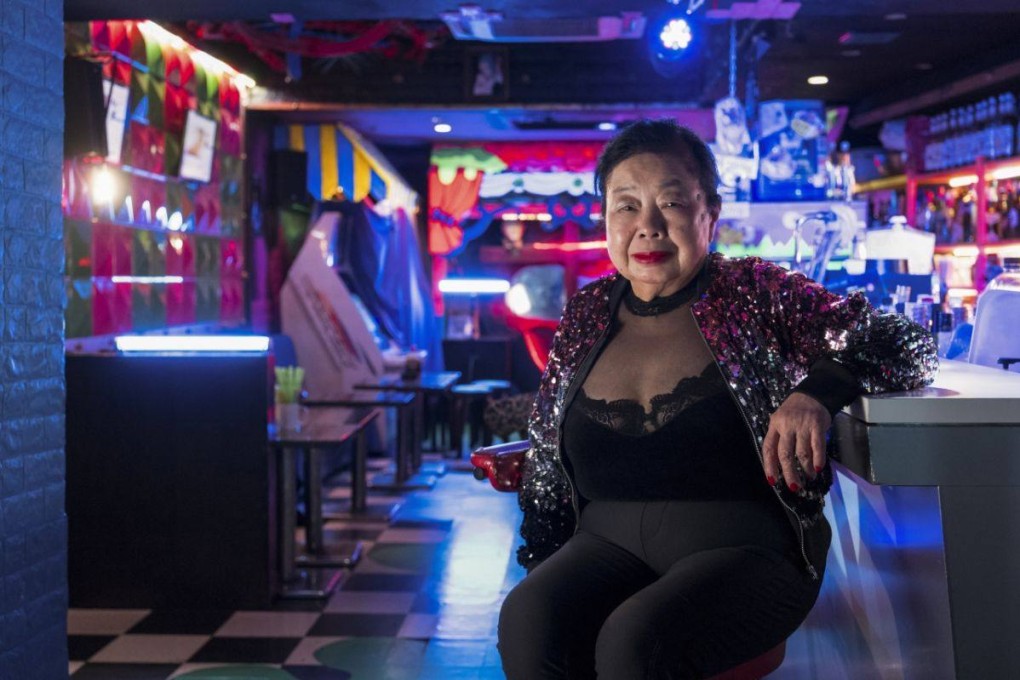What a view | Netflix’s Midnight Asia: Eat, Dance, Dream captures the spirit of Seoul, Tokyo, Taipei, Bangkok, Manila and Mumbai after dark
- Indie rock in Seoul, a woman wrestler slamming opponents in Manila, a cocktail maker in Mumbai – Netflix series captures the spirit of six Asian cities
- The crew of BBC Earth’s Chasing Monsters is on a mission to catch and photograph giant fish species, eating rodents and braving hippopotamuses as they go

As Hong Kong’s “zero Covid” crusade continues, six-part Netflix documentary series Midnight Asia: Eat, Dance, Dream delivers a cheery/galling, reassuring/aggravating (delete as appropriate) memo that there is still a world out there. It’s just that for the moment, you can look but you can’t touch.
Visits to Seoul, Tokyo, Taipei, Bangkok, Manila and Mumbai – referred to throughout its instalment as “Bombay”; virulent, right-wing renaming imperatives be damned – all remind us of the fun we can’t have after dark.
From the “Brooklyn of Seoul” (the Seongsu-dong district) to Soi Nana, in bouncing Bangkok, and from Tokyo’s shimmering Shinjuku to Ningxia Night Market (“the stomach of Taipei”), authors, chefs, bloggers, musicians and entrepreneurs line up to expound the virtues of their respective cities.
It is after dark, they say, that every location reveals its genuine identity, each bewitching its wilfully captive audience with its street-food specials, booming beats and promises of artistic fulfilment.
And something similar could be said for the human stars of each episode – the eating, dancing dreamers, young and old – presented as epitomes of the spirit of each place (and all scouted by the show’s producers rather than serendipitously chanced upon).
Discovering that fitting in isn’t overrated after all – although that’s not to say they don’t stand out – these creatives make their cities as much as their cities make them. Bonus: they all seem like jolly people to be around.
